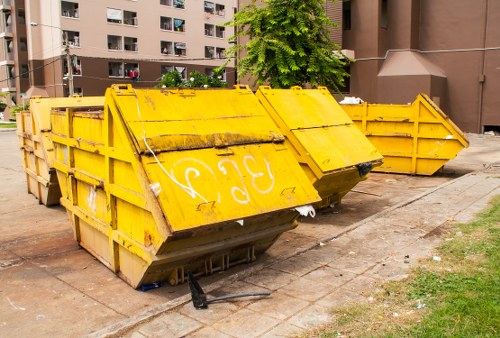Furniture Clearance in Temples: A Comprehensive Guide

Temples are not only places of worship but also hold historical and cultural significance. Over time, maintaining the sanctity and functionality of these sacred spaces often necessitates furniture clearance. Whether it’s due to renovation, modernization, or decluttering, understanding the proper procedures for furniture clearance in temples is essential.
Effective furniture clearance ensures that the temple environment remains serene and conducive to worship. It involves careful planning, respectful handling of religious artifacts, and mindful disposal or repurposing of old furnishings.
In this guide, we will explore the best practices for temple furniture removal, the importance of preserving sacred items, and the various options available for disposing of unwanted furniture.

Why Furniture Clearance is Necessary in Temples
Temples often undergo several changes to accommodate more worshippers, modernize facilities, or restore historical elements. Furniture clearance becomes a critical task in such scenarios.
Renovations and Modernization
Renovating a temple might require removing old furniture to make space for new installations. This could include updated seating arrangements, improved lighting, or enhanced acoustics to better serve the congregation.
Maintaining Cleanliness and Order
A clutter-free environment is essential for maintaining the sanctity of a temple. Clearing out old or unused furniture helps in keeping the space organized and spiritually uplifting.

Planning Your Furniture Clearance
Proper planning is key to an efficient furniture clearance process. Here are the essential steps to consider:
- Assessment: Evaluate the current furniture inventory and identify items that need to be removed.
- Budgeting: Allocate funds for the clearance process, including labor, transportation, and disposal costs.
- Scheduling: Plan the clearance activities to minimize disruption to temple activities.
Engaging Professionals
Hiring a professional clearance service can ensure that the process is handled with care and respect. Experienced professionals understand the sensitivities involved in temple furniture removal.

Respectful Handling of Sacred Items
When dealing with temple furniture, it’s crucial to handle each piece with reverence. This includes:
- Cleaning: Gently clean the furniture before removal to honor its sacred purpose.
- Documentation: Keep a record of the items being cleared for future reference and accountability.
- Storage: If furniture is to be reused or donated, ensure it is stored appropriately to maintain its condition.
Disposal Options
There are several options available for disposing of old temple furniture:
- Donation: Donate furniture to other temples, religious organizations, or charitable institutions.
- Recycling: Recycle materials to reduce environmental impact.
- Disposal: Properly dispose of items that are no longer usable.

Benefits of Professional Furniture Clearance Services
Hiring professionals for temple furniture removal offers numerous advantages:
- Efficiency: Professionals can complete the clearance quickly and efficiently.
- Safety: Ensures that heavy or fragile items are handled safely to prevent damage.
- Compliance: Adheres to local regulations and guidelines for disposal and recycling.
Choosing the Right Service Provider
When selecting a clearance service, consider the following:
- Experience: Look for companies with experience in handling religious spaces.
- Reputation: Check reviews and testimonials to gauge reliability.
- Services Offered: Ensure they provide comprehensive services, including packing, transportation, and disposal.
Contact us today to schedule your temple furniture clearance and ensure a respectful and efficient process.
Proper furniture clearance not only maintains the aesthetics and functionality of the temple but also honors its spiritual essence. By following these guidelines, you can ensure that the transition is smooth and beneficial for all involved.
